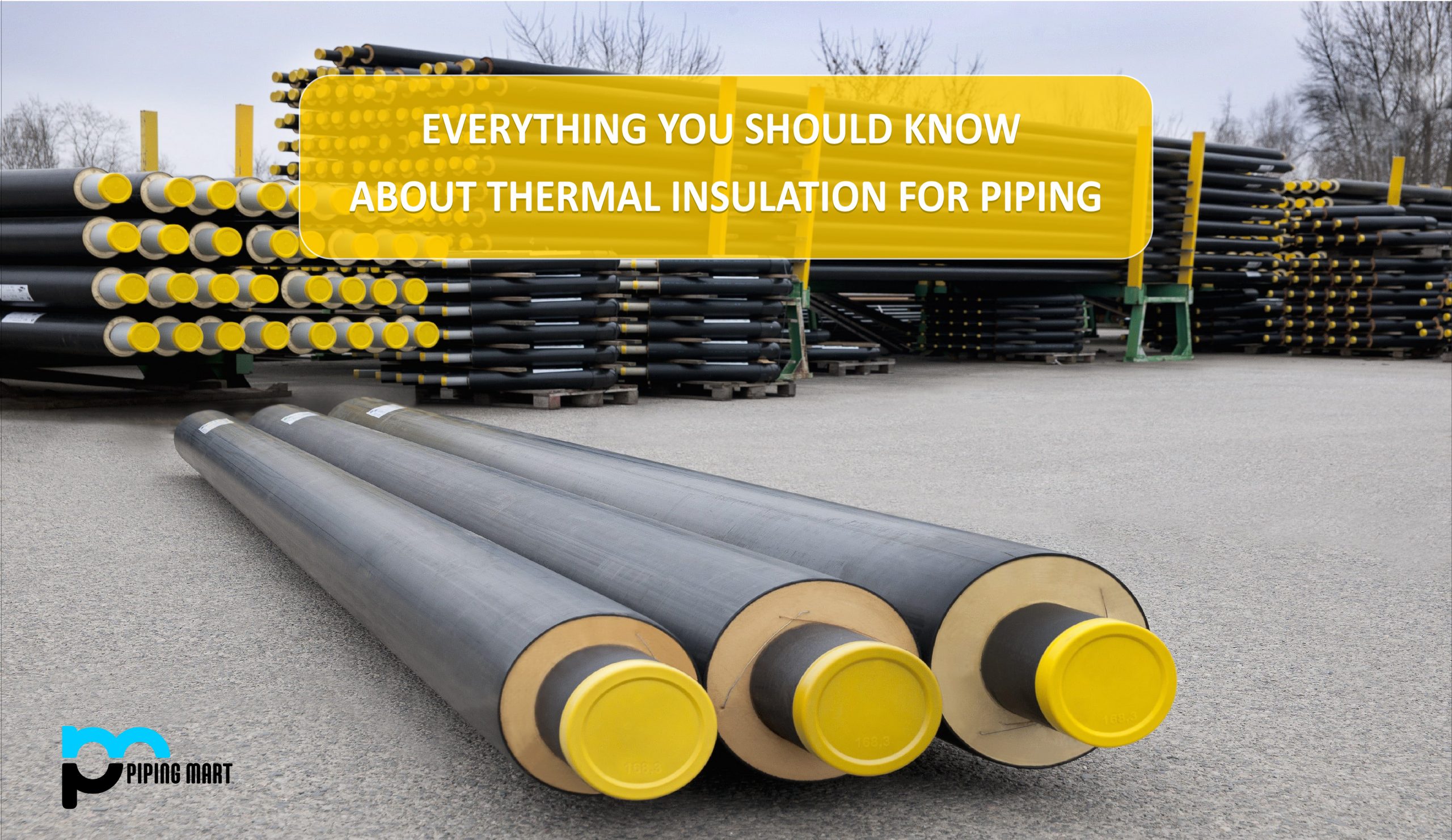Thermal insulation is critical for reducing energy expenditures and maintaining the required process fluid temperature. If thermal insulation is properly chosen and applied such that it is non-complaining and maintenance-free, it benefits the economy with significant savings in energy expenses, personnel safety, and smoother process control. Insufficient or weak insulation or deterioration of existing thermal insulation, on the other hand, can result in significant energy loss. As a result, thermal insulation is generally considered “a major tool in improving energy availability.” The thermal insulation material is also essential for achieving low heat conductivity and inertia.
The primary purpose of thermal insulation is the reduction of heat transfer between objects in thermal contact From a hot surface to a cold environment, or vice versa
Economic Reasons for Thermal Insulation:
Piping thermal insulation lower fuel consumption and, as a result, overall operational costs, resulting in day-to-day economic benefits. Reduces the capacity needed for heating and cooling systems (boiler, refrigeration unit, etc.). Savings on Capital Costs.
Even though the most important factor for providing thermal insulation is cost, it is not the only one. The use of thermal insulation is controlled by the process needs.
Process Reasons for using thermal Insulation:
- It lowers the temperature of a drop of fluid in a heated system.
- In a refrigerated system, it reduces fluid temperature gain.
- In a volatile liquid storage system, it reduces the rate of boil-off.
- Contribute to the maintenance of thermal balance in the reaction system.
- It decreases the temperature of exposed surfaces in a heated system, protecting workers from burn hazards.
- Provides fire protection for plants, equipment, and pipelines
- Reduces heating/cooling system capacity needs (boiler, refrigeration unit, etc)
Economic Thickness for Thermal Insulation
Economic thickness is defined as the thermal insulation thickness with the lowest total cost (insulation material cost + energy cost). Insulation must resist heat transfer in the following ways:
- Radiation
- Convection
- Conduction
Types of Thermal Insulation
- Mass type insulation: This type of insulation is based on the interposition of a mass of material with a built-in capacity to delay heat transfer.
- Reflective Insulation: This type of insulation is based on providing a series of reflective surfaces with the intervening spaces evacuated.
- Microporous Insulation: A combination of Mass and Reflective technologies.
Physical Properties of Thermal Insulation Materials
The significant physical properties of thermal insulating materials can be classified as follows:
- Thermal Properties
- Chemical Properties
- Commercial Factors
Thermal Properties – The following are the basic thermal properties that thermal insulation materials should have:
- Temperature resistance
- Thermal conductivity
- Thermal diffusivity
- Thermal shock resistance
Chemical Properties of Insulating Material – The following are the major chemical properties of insulating materials:
- Compatibility with metallic surfaces
- Environmental media compatibility
- Deterioration caused by chemical reactions
- Insulation material lifespan
Consider these factors while selecting thermal insulating materials:
- Alkalinity (pH) or acidity
- Chemical Reactivity / passivity
- Coefficient of Expansion / Contraction
- Compressive Strength & Breaking Load
- Abrasion Resistance
- Combustibility
- Thermal conductivity
Hot Insulating Material that is widely used:
- Mineral Wool
- Ceramic Fibre
- Calcium Silicate
Cold Insulating Material that is widely used:
- Expanded Polystyrene Foam (EPS)
- Extruded Polystyrene Foam (XPS)
- Polyurethane Foam (PUF)
- Poly-isocyanurate Foam (PIR)
- Foam glass
- Phenolic Foam
- Thermocol
From the materials mentioned above, polyurethane and polyisocyanurate have taken the lead due to their numerous advantages over others.
Insulation Finishes:
The outer layer of insulation is typically equipped with:
- Claddings for weather barriers
- Indoor coverings and coatings, as well as weather and vapor retarders
All of these serve the same basic purpose of protecting the insulating material from harsh external exposure media.
Thermal Insulating System Design
The insulation system should perform at the expected level over the course of its life.
- This requires complete data on material behavior under all exposure situations.
- We need to know what causes a material’s qualities to deteriorate.
Thermal calculations require a representative Thermal Conductivity value for design.
- Standard materials with well-established Design ‘k’ values include Rockwool and Calcium Silicate.
- Limiting Service Temperature of use
- Weight becomes crucial in pipe applications. Abrasion is another major issue with some materials.

Pipingmart is B2B portal specializes in industrial, metal and piping products. Also, share latest information and news related to products, materials and different types grades to help business dealing in this industry.




